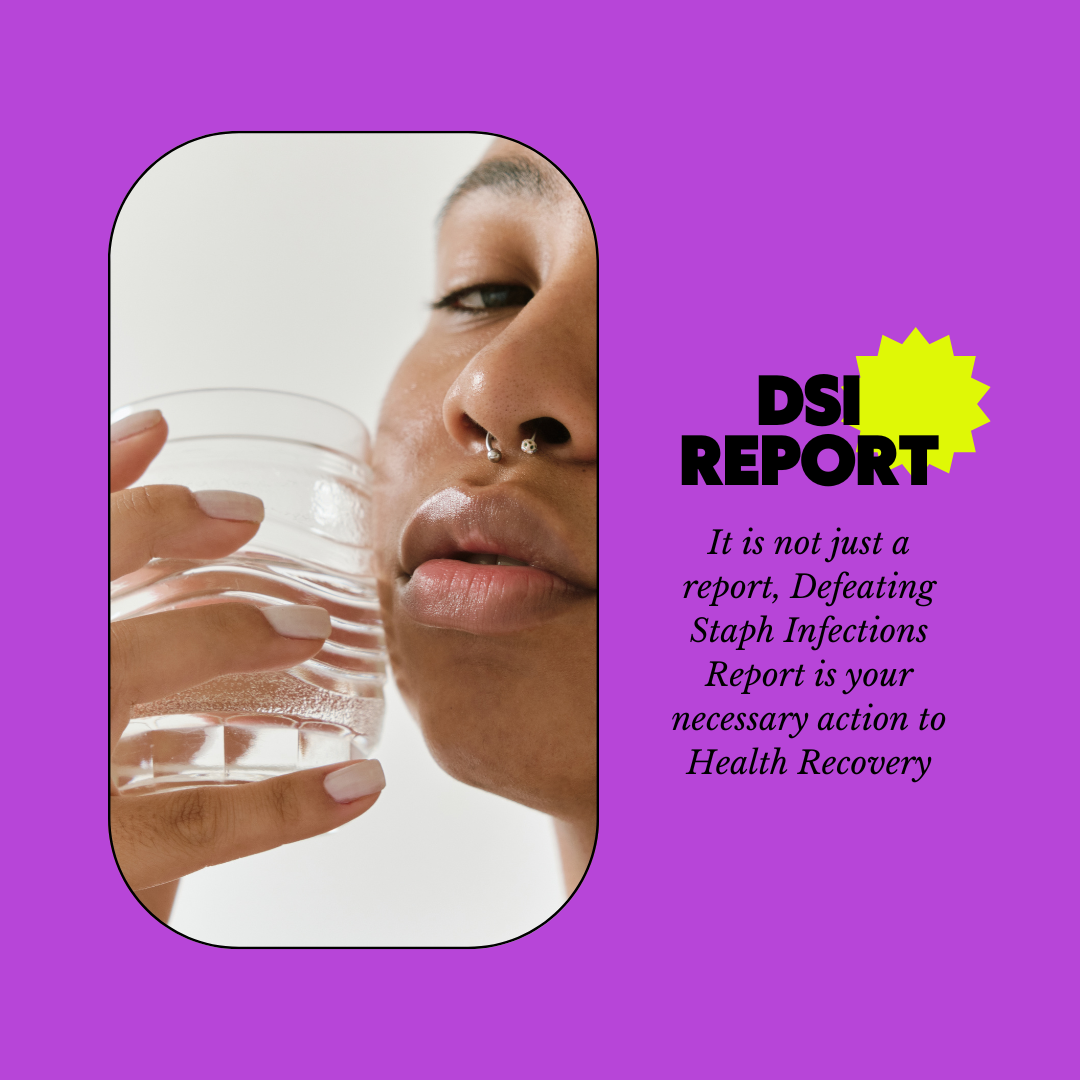How does proper laundry handling help prevent the spread of Staphylococcus?
Proper laundry handling is crucial in both healthcare and residential settings to prevent the spread of Staphylococcus, including drug-resistant strains like MRSA. This bacteria can survive on fabrics and surfaces, making the disinfection and handling of laundry essential to controlling its transmission. Here are the main ways through which proper laundry handling helps prevent the spread of Staphylococcus:
1. Elimination of Pathogens:
Thorough washing of clothes, linens, and other fabrics helps eliminate bacteria that have accumulated on these items. Using hot water (ideally 140°F or higher, if fabrics can tolerate it) and a good detergent can kill Staphylococcus present on soiled laundry.
2. Use of Disinfectants:
For laundry that may be contaminated with bacteria like Staphylococcus, adding a laundry disinfectant or bleach (if safe for the fabric) can be particularly effective in eliminating pathogens. Make sure to follow the manufacturer’s instructions regarding the use of bleach to avoid damaging fabrics or colors.
3. Preventing Cross-Contamination:
Proper handling of dirty laundry ensures that bacteria are not spread to clean items. This involves:
- Not shaking dirty laundry, which can disperse bacteria into the air and onto clean surfaces.
- Washing hands after handling dirty laundry to prevent the transfer of bacteria to other surfaces or clean laundry.
- Cleaning and disinfecting laundry baskets and hampers regularly to avoid them becoming reservoirs for bacteria.
4. Drying Fabrics Completely:
Moist environments promote bacterial growth. Properly drying laundry, either in a dryer on a suitable heat setting or in the sun where UV rays can help kill bacteria, is important for ensuring that Staphylococcus bacteria do not survive or multiply on clean laundry.
5. Separating Laundry:
In environments where there is a known infection, such as in a household where someone has an active Staph infection or in healthcare settings, it’s important to keep contaminated laundry separate from other items. Using disposable laundry bags or separate, dedicated bins can help manage this.
6. Regular Cleaning of Laundry Equipment:
Regularly cleaning and maintaining laundry machines and dryers help prevent the buildup of bacteria and ensure they operate at the efficiency needed to kill pathogens.
Application in Healthcare Settings:
In hospitals and other healthcare environments, laundry handling requires even stricter protocols. Laundry personnel often use personal protective equipment (PPE), and healthcare laundry is frequently washed at higher temperatures and with stronger disinfectants to ensure that all pathogens, including Staphylococcus, are eradicated.
By implementing these proper laundry handling techniques, the risk of spreading Staphylococcus through contaminated fabrics can be significantly reduced, protecting individuals in both home and healthcare settings from potential infections.






Post a Comment